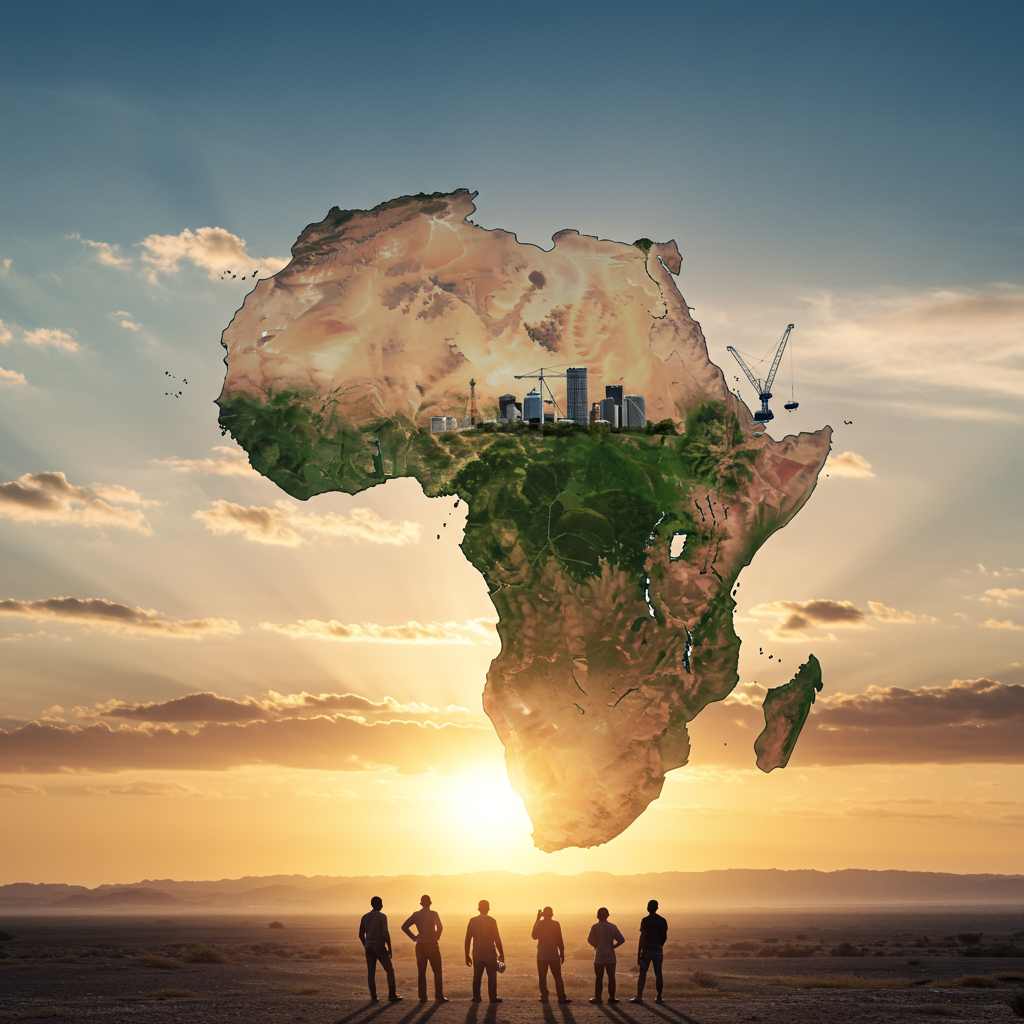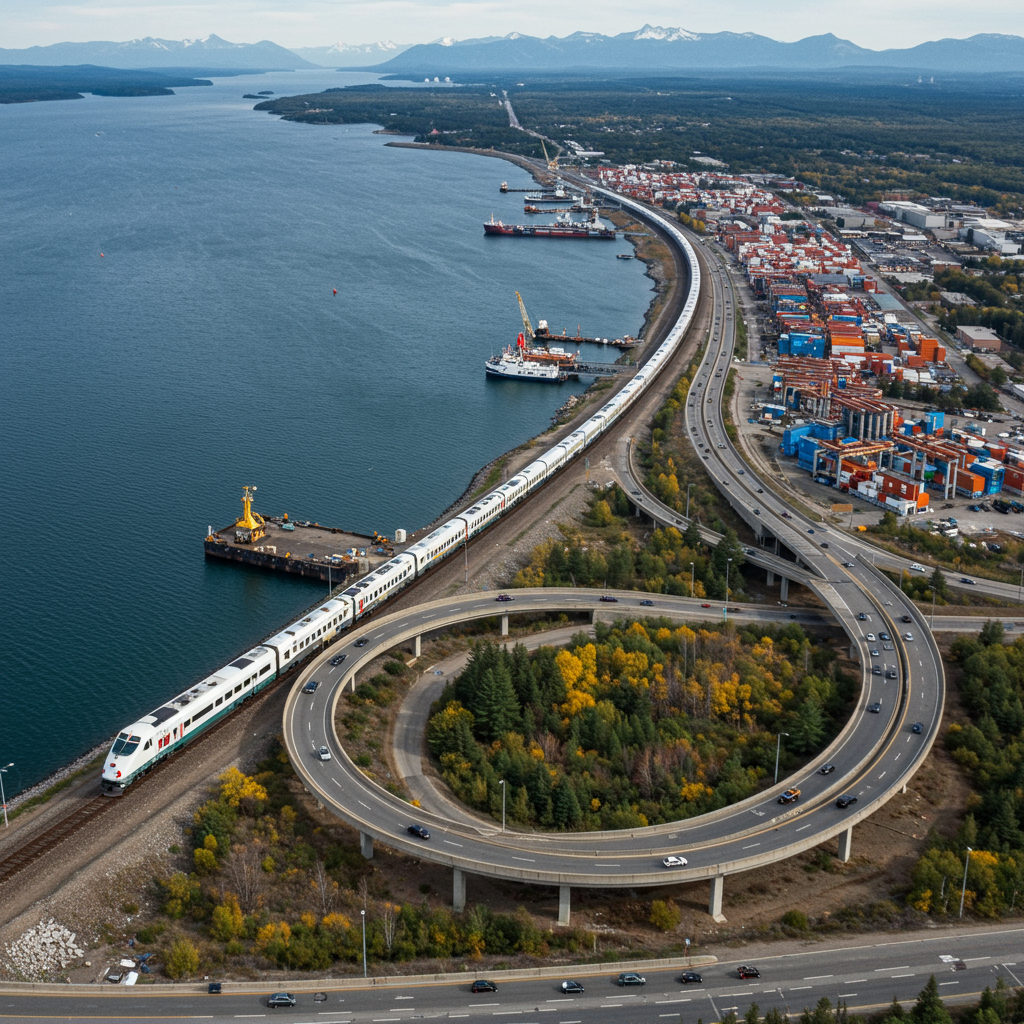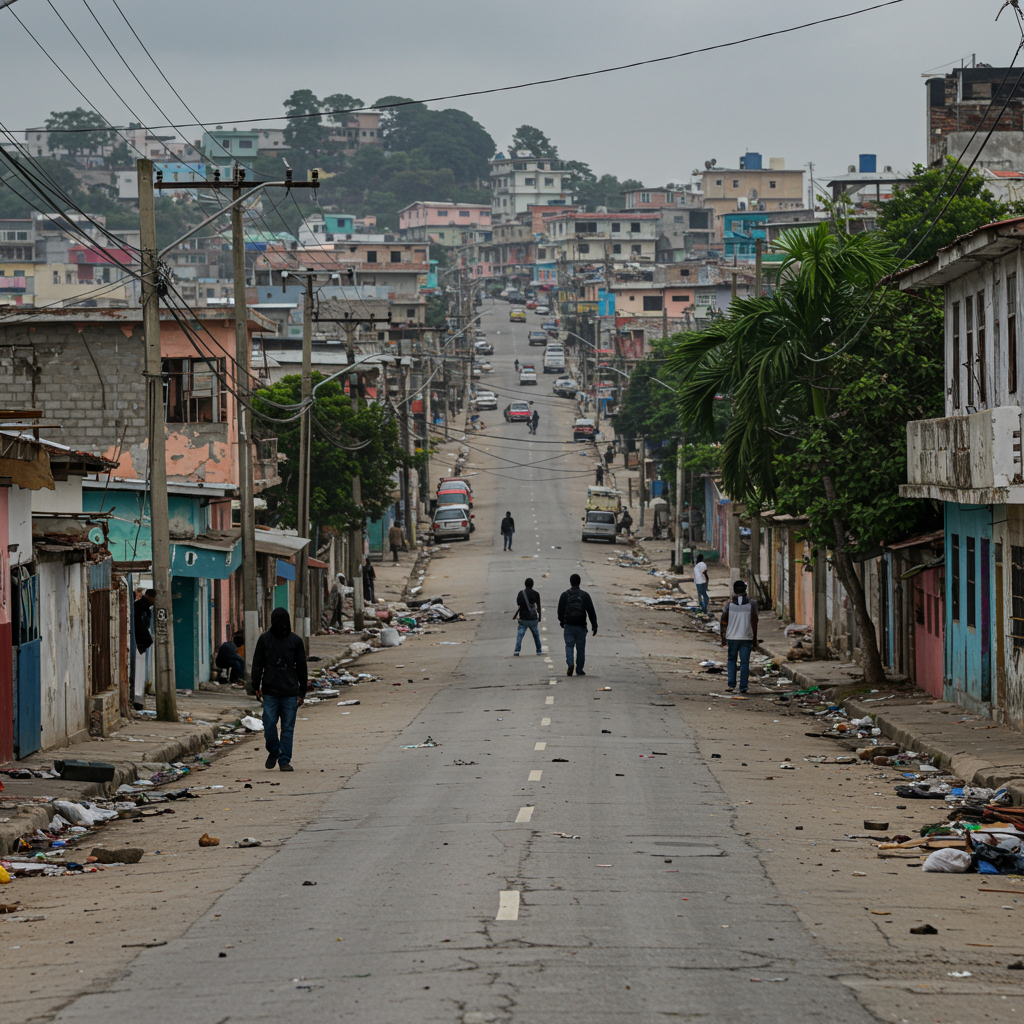The promise of future progress can be a powerful motivator, yet often proves elusive. For decades, the notion that “nuclear fusion energy will be commercial in thirty years” has been a recurring mantra within physics circles, suggesting a perpetual horizon for clean, abundant power. This long-standing technological aspiration finds an intriguing parallel in the enduring hope for a true “African Renaissance” – a period of widespread prosperity, stability, and self-determination across the continent.
This vision of Africa’s resurgence isn’t new. It evokes memories, perhaps like sitting under a mango tree in Jamaica in 1980, hearing a parent prophesy, “In twenty-five years everyone will want to go to Africa!” Such predictions often arise during moments of perceived breakthrough or symbolic achievement, like hearing about African-Cuban cosmonaut Arnaldo Tamayo reaching space, especially against a backdrop of local turmoil and migration.
Today, a similar wave of optimism appears to be building, centered around figures like Captain Ibrahim Traoré, the national leader of Burkina Faso. Reports suggest Traoré has galvanized support both domestically and internationally, sparking a feeling reminiscent of the 1970s. That era saw young, idealistic Africans inspired by liberation movement icons, with their revolutionary spirit captured in music and cultural expression. The current enthusiasm for leaders like Traoré echoes that historical fervor, prompting songs and declarations of solidarity.
Traoré fits a familiar archetype: a charismatic, articulate leader presenting an idealistic vision for Africa’s future. He is one of several new military figures who have recently taken power in West and Central Africa, including Mali and Niger. These coups have often garnered popular support, fueled by widespread dissatisfaction with previous governments perceived as ineffective in addressing critical national challenges.
Witnessing Traoré inaugurate a local factory, oversee road construction, advocate for the departure of former colonial military forces, and promote indigenous cultural symbols like new school uniforms can feel genuinely hopeful. This visible action resonates with many. Ironically, some of Traoré’s most vocal international proponents may be descendants of those who left countries like Jamaica years ago, perhaps wary of charismatic leaders promising transformative change during times of upheaval.
It is important to analyze these developments without excusing poor governance or rationalizing historical economic underperformance in Africa. The challenges are well-documented. Instead, the focus should be on tempering justifiable enthusiasm with a measure of caution. The socio-economic landscape in Burkina Faso shares certain difficult parallels with the conditions Haiti faced following its hard-won self-liberation centuries ago. Haiti too had a capable leader in Toussaint Louverture, yet ultimately, internal and external opposition contributed to his tragic demise. His story serves as a stark reminder that charismatic leadership, however potent, is insufficient without robust, sustainable social and political institutions.
The historical record of military interventions in African politics provides further grounds for caution. All too often, initial promises of reform and progress have dissolved into realities of corruption, inefficiency, intolerance of dissent, and the consolidation of power into single-party or authoritarian states. Leaders like General Mobutu, who initially clothed his kleptocracy in populist and even Afrocentric symbolism, illustrate this pattern. He famously used major international events, like the “Rumble in the Jungle,” partially as a form of ‘sportswashing’ to project a positive image and appeal to nationalist sentiment – a tactic seen in modern contexts as well.
Many African nations have experienced cycles of hope tied to military figures who presented themselves as saviors sweeping away the remnants of colonial rule. Leaders such as Jerry Rawlings in Ghana, Samuel Doe in Liberia, Idi Amin and Yoweri Museveni in Uganda, Robert Mugabe in Zimbabwe, Abiy Ahmed in Ethiopia, Isaias Afwerki in Eritrea, and Olusegun Obasanjo in Nigeria all played significant, often messianic, roles at different points. While history continues to evaluate their legacies, there is hope that contemporary leaders can learn from these numerous case studies.
While a compelling leader can certainly inspire hope, symbolic actions can sometimes create expectations that are difficult to fulfill, potentially leading to economic strain like debt and inflation if not backed by sound policy and strong institutions. The ease with which cults of personality can develop often comes at the expense of building the very institutions required for a nation’s self-sustaining development. This can pave the way for constitutional suspensions, suppression of media freedom, and the labeling of critics as state enemies, concentrating immense power in one individual. While some leaders, like Rawlings and Obasanjo, eventually transitioned power to civilian rule, the path back to stability and progress after periods of authoritarian control often takes decades.
Despite the historical and contemporary political challenges, it’s crucial to recognize that Africa is far from a simple “basket case.” The continent has been home to some of the world’s fastest-growing economies in recent years. African innovation, such as the pioneering development and widespread adoption of mobile money systems, has profoundly impacted global technology and finance. This demonstrates a dynamic capacity for progress often overlooked by external narratives focused solely on poverty and political instability.
Returning to the fusion energy analogy: significant strides have indeed been made recently. Private companies are building experimental reactors, and some fusion-generated electricity contracts have even been sold. Breakthroughs, like achieving sustained self-heating or outputting more energy than input for brief periods, suggest commercial fusion may be less than a decade away, a significant acceleration from the perpetual thirty-year forecast.
Similarly, tangible signs of African manufacturing and technological advancement are emerging. Acquiring a well-functioning, aesthetically pleasing smartphone proudly displaying a “Made in Egypt” logo, competitive with international brands, offers a concrete example of evolving industrial capacity. This tangible progress, alongside economic growth and innovation, suggests that perhaps the long-anticipated “African Renaissance” might, like commercial fusion power, be closer than many expect. It remains to be seen whether the necessary institutional foundations can be built to sustain this potential wave of transformation.
Frequently Asked Questions
Why is caution advised regarding charismatic African leaders and the idea of a ‘Renaissance’?
Caution is advised because history shows that while charismatic leaders can inspire hope and unity, their impact can be short-lived or detrimental if not supported by strong, sustainable political and social institutions. Many past leaders who came to power with popular support ultimately oversaw periods of corruption, repression, and economic decline, highlighting that individual charisma cannot replace robust governmental and legal frameworks.
How does Ibrahim Traore’s rise compare to previous African leaders mentioned in the article?
The article draws parallels between Ibrahim Traore’s current popularity and the initial widespread support for past African leaders who seized power promising change, such as Mobutu, Rawlings, Amin, and others. Like them, Traore is seen as a dynamic figure challenging the status quo. However, the article uses the historical outcomes under those previous leaders as a cautionary tale, emphasizing the risk of concentrating power and failing to build lasting institutions, a pattern that often led to negative consequences despite initial positive sentiment.
What factors are suggested to be crucial for a sustainable ‘African Renaissance’?
The article strongly suggests that the key factor for a sustainable ‘African Renaissance’ is the development and strengthening of durable social and political institutions. While charismatic leaders can initiate change and inspire hope, long-term progress requires systems that ensure good governance, economic stability, tolerance of criticism, and the rule of law, rather than relying solely on the vision or power of a single individual.




